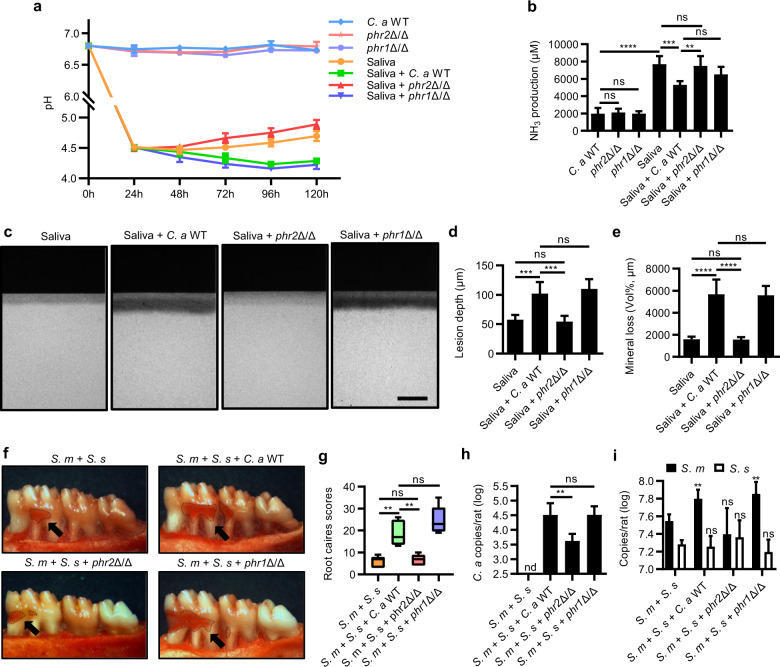Fig. 6. PHR2 deletion deprives C. albicans of the cariogenicity-promoting ability on oral biofilm.
a Dynamic pH values of the spent media of saliva-derived biofilm in the absence/presence of C. albicans or its PHR1/PHR2 deletion mutants. b NH3 production by the saliva-derived biofilm on the 5th day after inoculation. c Representative TMR images of human enamel blocks demineralized by saliva-derived biofilm in the absence/presence of C. albicans. Scale bar, 100 μm. d, e Quantitative analyses of the lesion depth and mineral loss of the demineralized human enamel blocks by TMR. f Representative photographs of mandibular molars from gingivectomized rats infected with S. mutans, S. sanguinis, and/or C. albicans/its mutants for 6 weeks. Black arrows indicated root carious lesions. g Root-caries scores according to Doff’s system. h, i Amount of C. albicans/its mutants and S. mutans/S. sanguinis in the root-caries rat model quantified by qPCR. The control group of (i) was rats infected with S. mutans and S. sanguinis. Data are presented as mean ± standard deviation (n = 5 per group; **P < 0.01; ***P < 0.001; ****P < 0.0001; ns not significant; nd not detectable). S. s S. sanguinis; S. m S. mutans; C. a C. albicans.

